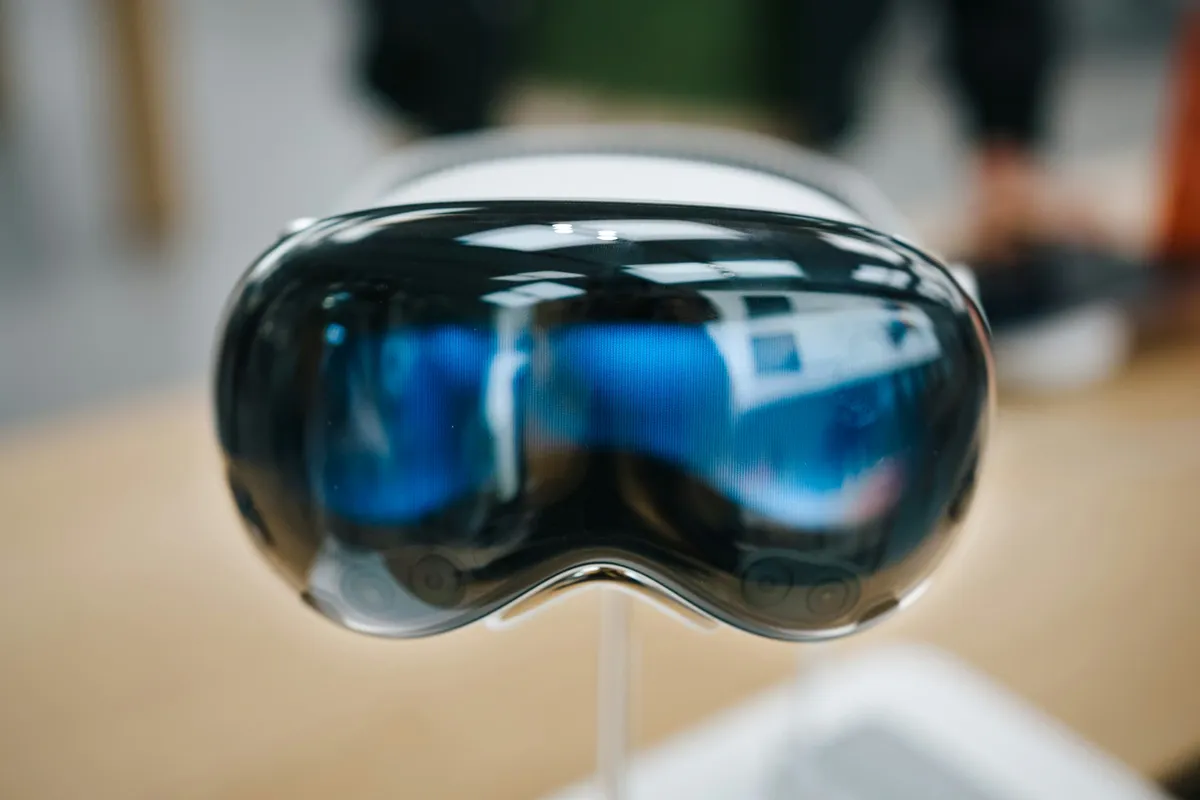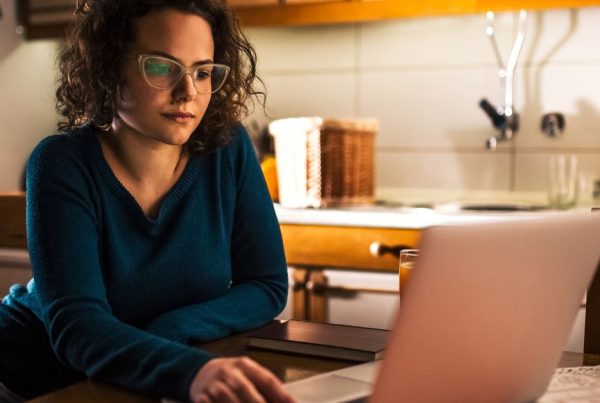
In the rapidly evolving field of architecture, integrating innovative technologies like mixed reality (MR) can significantly enhance design processes and project collaboration. By combining elements of augmented reality (AR) and virtual reality (VR), mixed reality offers a powerful toolset for architects, enabling immersive 3D model interactions, real-time design modifications, and compelling virtual client presentations. These advancements not only improve design accuracy but also streamline team collaboration and elevate client satisfaction, making MR an invaluable asset for architecture firms striving for technical excellence and innovation.
Understanding Mixed Reality and Its Components
Mixed reality (MR) is an innovative technology that seamlessly blends elements of augmented reality (AR) and virtual reality (VR), creating a hybrid environment where physical and digital objects coexist and interact in real-time. To fully appreciate the potential of MR in architectural design, it’s essential to understand the distinct components of AR and VR.
Augmented Reality (AR) enhances real-world environments by overlaying digital information onto physical spaces. This is typically achieved using the camera on a smartphone or tablet, enabling users to view and interact with 3D models, text, and other digital elements superimposed on their immediate surroundings (source). AR applications in architecture might include visualizing how a new building will look on its intended site or overlaying design elements on existing structures to explore renovations.
Virtual Reality (VR), on the other hand, immerses users in a completely simulated environment, replacing the real world with a fully digital one. This requires a VR headset, which blocks out the physical world to create an all-encompassing virtual experience (source). In architecture, VR is often used for virtual walkthroughs of unbuilt projects, allowing architects and clients to experience and navigate through design concepts as if they were physically present.
Mixed Reality (MR) combines the strengths of both AR and VR, allowing users to interact with and manipulate both real and virtual objects. It uses advanced sensing and imaging technologies to create a cohesive environment where digital elements respond to and integrate with physical surroundings (source). MR liberates users from screen-bound experiences, enabling more natural and intuitive interactions with architectural designs.
In the realm of architectural design, several MR tools and devices have become invaluable. For example, MR/AR Visualization Apps allow architects to project 3D models onto real-world environments, offering immersive virtual walkthroughs that enhance stakeholder engagement. Building Information Modeling (BIM) Integration with MR provides real-time access to critical data on construction sites, improving accuracy and efficiency. Additionally, MR/AR-based Measure and Survey Tools utilize mobile device cameras to capture precise measurements and dimensions of physical spaces (source).
By merging the physical and digital worlds, mixed reality offers architecture firms a powerful platform for enhancing design accuracy, improving client presentations, and streamlining team collaboration.
Practical Applications of Mixed Reality in Architectural Design
Enhancing Design Accuracy with Immersive Visualization
Mixed reality (MR) significantly enhances design accuracy by offering immersive visualization and real-time interaction with 3D models. According to a study published in ScienceDirect, MR can effectively communicate up to 85% of the design information to clients, compared to 70% provided by traditional 2D media (source). This enables architects to present a more accurate depiction of their designs, ensuring alignment with client expectations.
MR allows for dynamic manipulation of design elements, enabling real-time adjustments. This capability helps architects and clients visualize the design within its intended environment, ensuring the final structure complements its surroundings (source). Additionally, MR ensures that information remains in full 3D throughout the project, reducing the risk of misinterpretation and enhancing the understanding of spatial relationships (source).
Improving Client Presentations with Virtual Walkthroughs
MR technology revolutionizes client presentations by creating compelling and interactive experiences. Clients can examine designs from any angle and zoom in and out, leading to a deeper understanding and appreciation of the architectural vision (source). Virtual walkthroughs facilitated by MR not only expedite project approvals but also enhance client feedback and decision-making (source).
Streamlining Team Collaboration
MR also streamlines team collaboration by allowing both on-site and remote team members to work together seamlessly. By superimposing digital blueprints on actual construction sites using augmented reality headsets, contractors can ensure precision and adherence to the original design. This technology enables real-time sharing of video views of faults or design flaws, leading to more efficient decision-making (source).
Despite the benefits, challenges such as initial setup costs, a learning curve, and reliability concerns with devices like the HoloLens must be considered. However, as technology evolves, the adoption of MR in architecture is expected to increase, making architectural processes more efficient and collaborative.
Incorporating MR into platforms like Minute7 could further enhance its utility for architecture firms. By offering immersive and interactive features, Minute7 can help architects, engineers, and construction professionals achieve greater efficiency and accuracy in their projects.
Benefits and Challenges of Implementing Mixed Reality
Mixed Reality (MR) technology is progressively transforming the architecture industry by enhancing design processes, project collaboration, and client engagement. However, as with any technology, it presents both benefits and challenges that firms must navigate.
Key Benefits
-
Increased Precision and Reduced Errors: MR enables architects to visualize designs in their intended environment, aiding in contextualizing the design and minimizing errors (source). For instance, projecting the building design onto the construction site helps the construction team understand the design intent better, potentially reducing errors and change orders (source).
-
Enhanced Client Satisfaction and Engagement: MR technologies create immersive experiences that make it easier for clients to grasp design concepts. Architects can superimpose digital 3D models onto physical spaces, allowing clients to experience virtual walkthroughs of the proposed project (source). This not only boosts client engagement but also facilitates valuable feedback, leading to informed decision-making and improved design iterations.
-
Improved Teamwork and Communication: MR facilitates enhanced collaboration among architects, clients, and stakeholders by providing a shared virtual space for interaction and iteration on design concepts (source). Additionally, it allows architects to work in real-time on the same design project, irrespective of geographical location, improving teamwork and efficiency (source).
Challenges and Considerations
-
Initial Setup Costs and Learning Curve: Implementing MR involves significant initial setup costs, which can be a barrier for some firms. Moreover, there is a learning curve associated with effectively utilizing this technology, posing a challenge for those unfamiliar with it (source).
-
Ensuring Data Security and System Integration: Given that MR technologies are digital and often require internet connectivity, ensuring data security is a critical challenge. Additionally, integrating MR with existing systems can be complex, with potential issues related to interoperability and the seamless exchange of information (source).
In conclusion, while MR technologies offer substantial benefits to the architecture industry, it is crucial to understand and address the associated challenges. By doing so, firms can effectively leverage these technologies to enhance design accuracy, improve collaboration, and increase client engagement. Incorporating MR into platforms like Minute7 can further enhance utility for architecture firms, helping professionals achieve greater efficiency and accuracy in their projects.
Embracing Mixed Reality for Architectural Excellence
Leveraging mixed reality (MR) technology presents a transformative opportunity for architecture firms seeking to enhance design accuracy, client presentations, and team collaboration. By combining the immersive capabilities of augmented reality (AR) and virtual reality (VR), MR offers a dynamic toolset for bringing architectural visions to life. The key benefits of MR, such as increased precision, reduced errors, enhanced client satisfaction, and improved teamwork, underscore its value in modern architectural practices.
However, the challenges of initial setup costs, learning curves, and data security must be carefully managed to fully harness MR’s potential. Architecture firms that proactively address these considerations can unlock significant advancements in their design processes and project outcomes.
Minute7, with its robust time tracking and expense reporting capabilities, complements the technological advancements of MR by ensuring efficient project management and streamlined operations. By integrating MR into their workflows, firms using Minute7 can achieve greater accuracy and efficiency, ultimately delivering superior architectural solutions to their clients.
For architecture firms dedicated to innovation and technical excellence, embracing MR technology, supported by the operational efficiency of Minute7, will pave the way for future success in an increasingly digital landscape.



